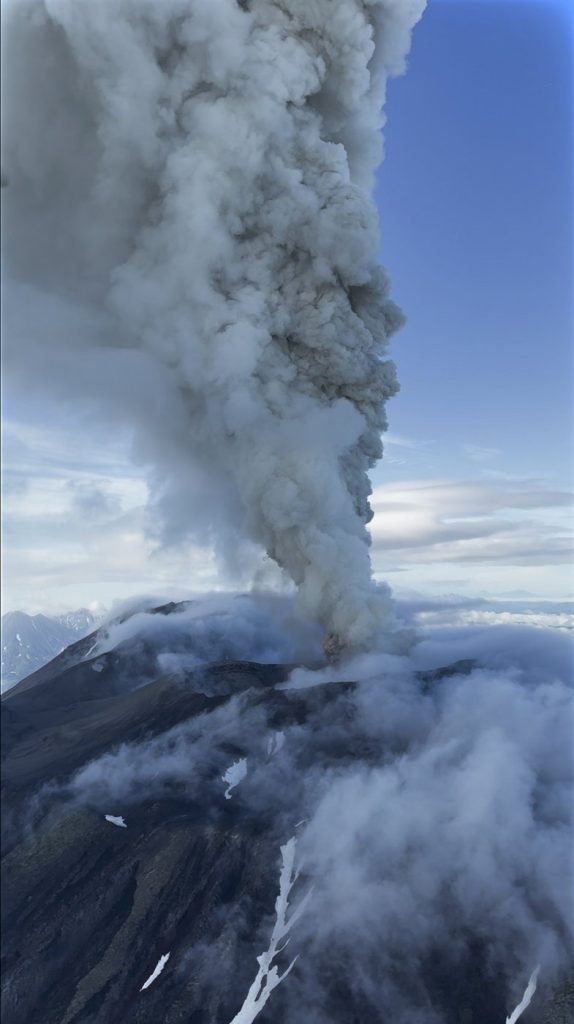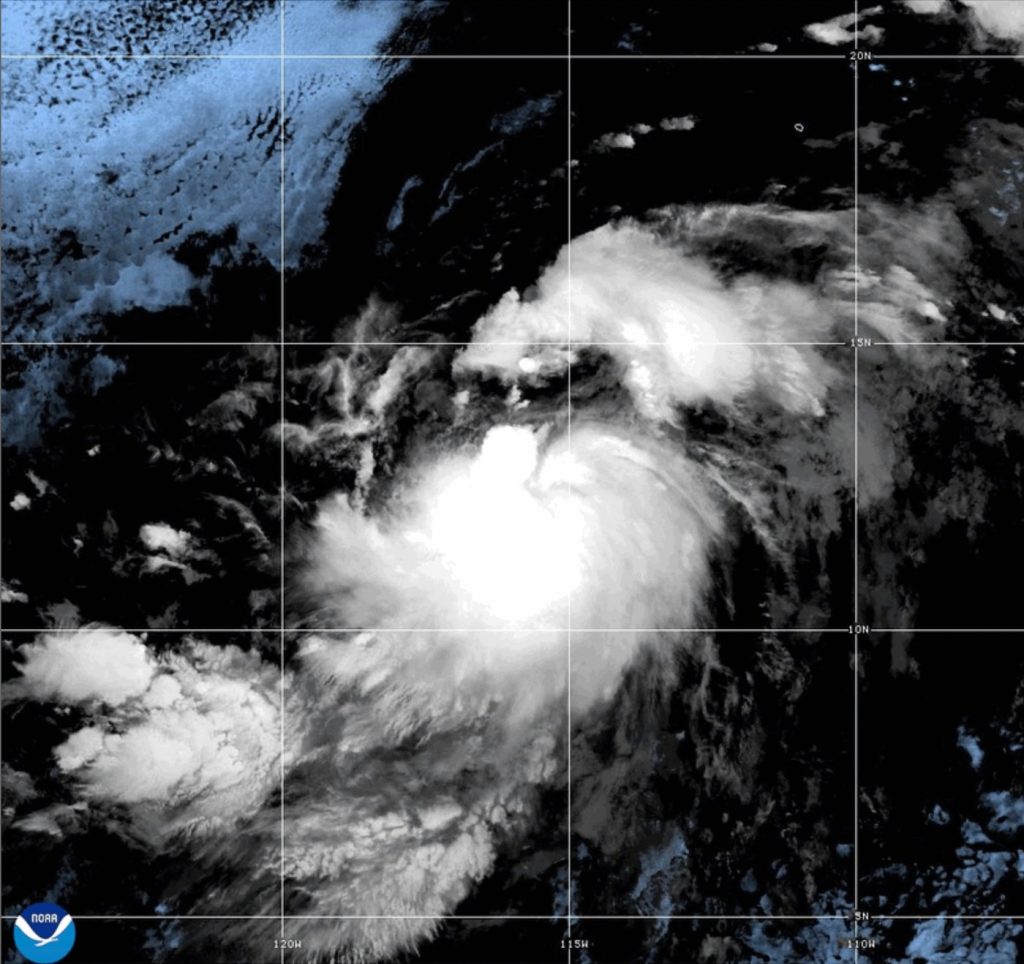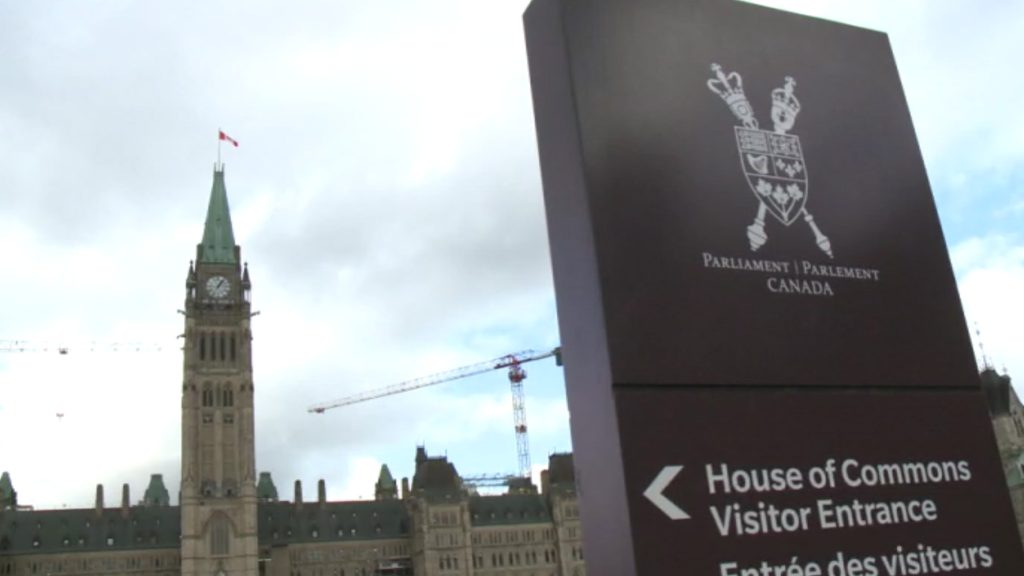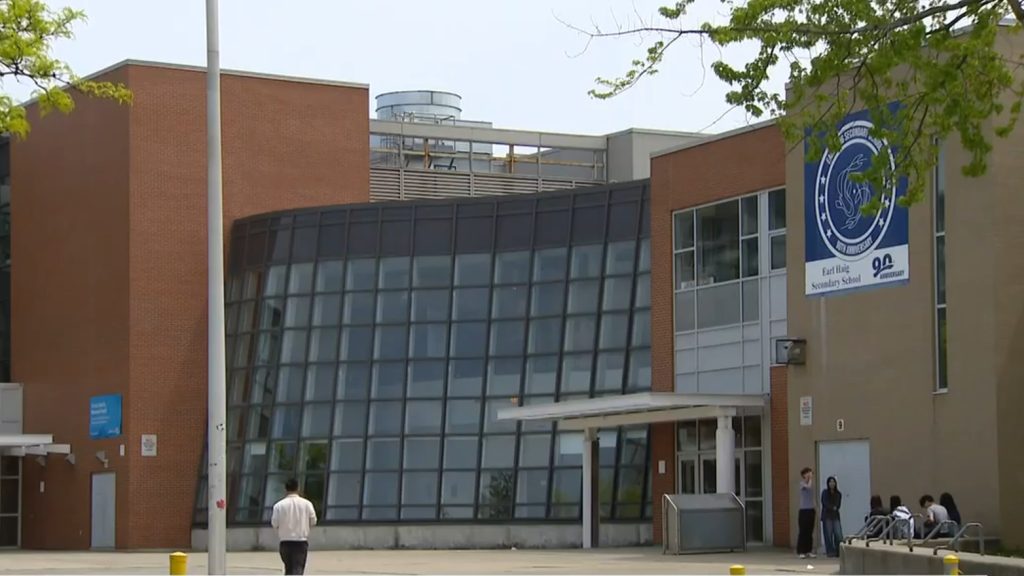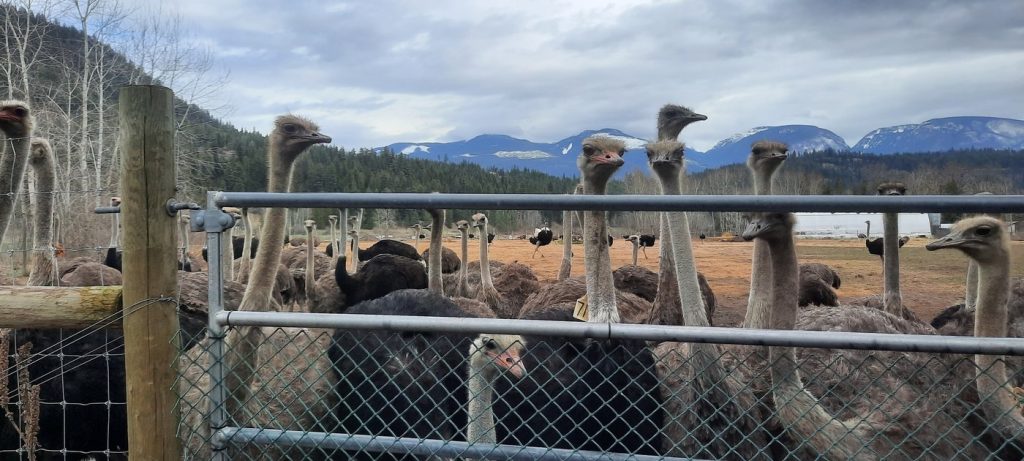A volcano on Russia's far eastern Kamchatka Peninsula, known as the Krasheninnikov volcano, erupted for the first time in hundreds of years, coinciding with a significant seismic event. The eruption occurred overnight into Sunday following a massive 8.8-magnitude earthquake that struck the region earlier in the week.
The Krasheninnikov volcano expelled an impressive plume of ash that soared up to 6 kilometers (3.7 miles) into the atmosphere, as reported by the staff at Kronotsky Reserve, where the volcano is situated. State media released images depicting dense clouds of ash billowing from the volcano, creating a striking visual of nature's force.
The ash plume was reported to be spreading eastward toward the Pacific Ocean, but fortunately, there are no populated areas along its trajectory. According to Kamchatka's emergencies ministry, no ashfall has been documented in inhabited locales, alleviating immediate concerns for local residents.
In addition to the volcanic eruption, the region experienced a 7.0-magnitude earthquake that resulted in a tsunami warning for three areas of Kamchatka. However, this tsunami warning was subsequently lifted by Russia’s Ministry for Emergency Services, ensuring the safety of those living in coastal regions.
Olga Girina, head of the Kamchatka Volcanic Eruption Response Team, indicated that this eruption marks the first historically confirmed activity of the Krasheninnikov volcano in 600 years. In contrast, the Smithsonian Institution’s Global Volcanism Program states that the last recorded eruption of the Krasheninnikov volcano occurred approximately 475 years ago in 1550, highlighting a notable discrepancy in volcanic history records that remains unexplained.
As of late Sunday, the Kamchatka Volcanic Eruption Response Team reported a decline in the volcano’s activity, yet they cautioned that “moderate explosive activity” could persist in the days to come. This emphasizes the ongoing need for vigilance in the region as geological systems remain unpredictable.
The eruption is significant not only because of its historical context but also due to its timing, occurring shortly after a substantial earthquake on early Wednesday, which had a magnitude of 8.8. The earthquake generated small tsunami waves that affected areas as far away as Japan and Alaska, prompting precautionary measures and warnings for Hawaii, North and Central America, and various Pacific islands extending down to New Zealand.
This volcanic activity in Kamchatka serves as a reminder of the natural forces at play in the region, shaped by a complex interplay of seismic and tectonic events. The scientific community will continue to monitor the situation closely to assess any further developments. The peaceful and remote character of Kamchatka can be disrupted significantly by such geological phenomena, underlining the importance of preparedness and response strategies to ensure the safety of the local population.


